Hello! My name is Srin and I, like Martyn, have SMA too. Martyn kindly gave me the chance to write a guest blog about my recent adventure to Singapore and Bali. The plan was to spend three days in Singapore and then ten days in Bali, where I would meet up with a friend of mine, Andrew who is also a wheelchair user, and his PA. The main highlight of this trip was a scuba dive in Bali which we specially organised and was an absolutely incredible experience.
By way of a little background, this trip was part of my travels around the world during my time off from work. I work as a solicitor at a commercial law firm in the City of London and took up the offer of extended leave when I was offered the permanent role in July. So far I had travelled to Scotland, Belgium, Italy, Spain, Poland, US and South Africa, and this Singapore and Bali holiday was to be the last leg of my travels before starting my permanent role in January.
I booked my flights with Singapore Airlines, who I have to say were really good and provided an excellent service. I had a three day stop-over in Singapore before heading off to Bali. But when reaching Singapore a mini-disaster was encountered, where I discovered that my wheelchair charger was not working and couldn’t be easily fixed. This had the potential to ruin my holiday, as I am unable to walk at all, and I had only about a day of charge left in the wheelchair. I really did not want to spend an entire holiday trapped in a hotel room with a wheelchair on a low battery. In my jet-lagged state, I frantically phoned Otto Bock (the company which makes the wheelchair) HQ in Germany to find out they had a dealership or engineer in Singapore. The contact they provided was unable to help as he all he did was process sales orders for Otto Bock in Singapore. I then remembered that I had used Martyn’s charger while we were in California, which was made by Invacare (another large mobility products company). I was able to track down an Invacare contact in Singapore by calling Invacare Asia HQ. Unfortunately, all this contact could do was provide me with the name of another contact, who in turn gave me another number to contact! This carried until person number 8 on the chain of contacts told me of a mobility store he knew of which sold powered wheelchairs and chargers. I went to this store the following morning, and was fortunately able to buy a replacement charger which worked. Disaster averted! Holiday saved!
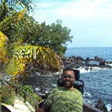
Aside from the little drama when I first got to Singapore, I had a fantastic time in the city. I have some good friends who work in Singapore, and it was great to spend time with them. The ease of travelling to and around Singapore made it all the better. Singapore is an incredibly modern and efficient city, thus accessibility and facilities for wheelchair users are as good (or even better) as anything you could find in Europe or the US. I was able to easily find accessible taxis (http://www.smrt.com.sg/taxis/our_services.asp) and a hotel which had the wheelchair access and roll in shower I needed
(http://www.meritushotels.com/en/hotelinformation/marina-mandarin-singapore/about).
To my surprise, while in Singapore I also discovered that the metro was wheelchair accessible, which meant that I did not have to always book taxis, and hence save quite a bit of cash!
After three great days in Singapore it was time to catch the flight to Bali. As accessible transport and accommodation are not so easy to identify in Bali, Andrew and I managed to find a local tour operator called Bali Access Travel (BAT) (http://www.baliaccesstravel.com). BAT have a wheelchair accessible van with space for two wheelchairs and use two hotels in the south of Bali in a place called Sanur, both of which have specially adapted rooms. We spent the first few days exploring the island, which included a couple of road trips into the mountainous regions of the island where we were able to see the Kintanami volcano and Mount Agung. We also spent a fair bit time chilling out at the beach on the days when we had not hired the van.
During these first few days we also finalised our diving plans. We had arranged an adapted diving session through BAT who in turn used a local diving organisation called the Bali International Diving Professionals (BIDP) (http://www.bidp-balidiving.com). Our dive was to take place on the east coast of Bali at a resort near the small town of Tulamben. The resort of Tulamben is a popular Bali dive site as it is the site of the wreckage of a US Navy transport ship, the USAT Liberty, which was sunk by a Japanese submarine during World War II. As I had never scuba dived before, my dive would be an introductory dive, whereas Andrew, who had been diving many times before his accident and had his PADI diving certificate was able to book a full dive session to see the wreck. As Tulamben was on the other side of Bali, we planned to stay there for two nights at an accessible guest house which BAT had identified.
When we arranged the dive, in all honesty we had no idea what to expect! We hadn’t a clue what “adapted disabled diving” would entail and what kind of accessible facilities would be provided. On arriving at the USS Liberty Dive Resort we realised that in Bali “adapted” meant that there would be lots of strong and friendly people provided by BIDP to help, but absolutely nothing in terms of accessible facilities! At the resort, there were lots of large stairways to navigate which required the help of the BIDP team and about four portable ramps. This was no simple feat as Andrew and I were in two heavy powered wheelchairs, and all this was just to get down to the beachfront. On a patio covered area of the beachfront, our dive instructors went through the safety steps, gave us a basic tutorial of how to use the equipment, and as this was my first dive, taught me how to equalise the pressure in ears. This tutorial also included learning some all important key hand gestures to indicate if there was something wrong!
The next challenge was getting changed into the wet suit. There was no accessible changing area, so we had to improvise! I took my portable hoist with me, so in the end, I got changed on the floor, with a member of BIDP team holding a couple of towels up to give me some privacy while my PA got me ready. The wet suit felt a little strange, but I was very excited, but was a little nervous about the next step, which was to lift me into the water. Again, some improvisation was required. We basically put the hoist sling on me as if I was to be lifted by the hoist, but taking the place of the hoist would be six very strong Balinese guys and my PA, Jozef, who is also very strong. My two dive instructors were already in the water, and the plan was to lift me out to sea to the waiting dive instructors, who would strap the oxygen tanks to me while lying on back in the water. Here is a video to show you
http://www.youtube.com/watch?v=6DLngk4jm2g&feature=player_embedded
Fortunately, all went to plan and I was safely lifted into the sea, where my two dive instructors attached the oxygen tanks to me, and I started breathing via these tanks. We then slowly went underwater with one of the instructors holding on to me, and the other always in front of me to check I was ok and able to equalise the pressure in my ears. Going underwater for the first time and breathing through the oxygen tank was an insane experience. The adrenaline rush was exhilarating and exciting, and I as became more comfortable with short and shallow dives, we were able to dive deeper to a depth of about 5 metres. Being underwater was amazing. The sea life was so colourful and beautiful, and I felt the most bizarre sense of tranquillity just watching shoals of fish swim past me. In the weightlessness of the underwater world I was able to move my arms and legs a little. Apart from when I am asleep, I am always in my wheelchair, so it was a great feeling to escape the confines of my wheelchair and have the freedom to move my body.
http://www.youtube.com/watch?v=gFDETicgipw&feature=player_embedded
In the final few minutes of the dive, I was able to see the distant outline of the stern of the USAT Liberty shipwreck, which was an unbelievable sight as it was teeming with coral and sea life. The dive unfortunately had to come to an end and sadly I had to head back to the surface. To get back into my wheelchair, a mass of people each grabbed a strap on my hoist sling and lifted me out of the water and back onto dry land.
For the rest of the day and pretty much the rest of the holiday, I was on an indescribable high. This was the most thrilling and exciting thing I had ever done, and I simply can’t wait to go diving again. We returned to Sanur from Tulamben the day after, and the last couple of days of the holiday were spent relaxing before commencing the very long journey back to London.
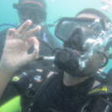
The Bali scuba dive was the biggest highlight of my travels, and I can’t strongly recommend enough anyone with a disability trying a scuba dive as long as it is a medical possibility. As I write this article, my work start date draws near, and in the next few months the only thing I will be diving into, is a busy office with a massive pile of work to do! But nonetheless my aim for 2011 is to hopefully complete my basic scuba diving certification and hopefully go another dive in the not too distant future.
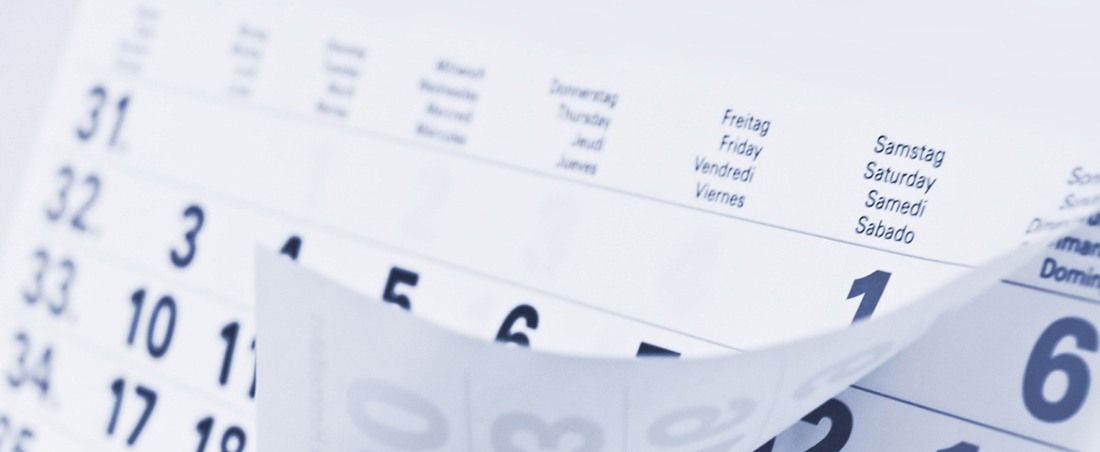


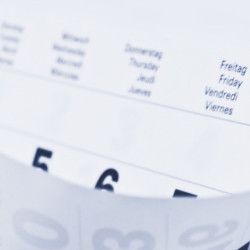

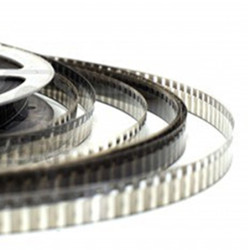
Loved Srins Blogg Well Mart u scuba dived in swimming pool in Mexico.Egypt open waters here you come in April 2011. Mumx
Before the wasting disease took hold I used to live in Asia and went scuba diving quite a bit. I absolutely adore it, it is addictive! Weightlessness, deep breathing, fish all around, peace,unusual sights and colours and sounds. I could continue….. However now I don’t know if it would be possible again. I would so love to. I have seen personal “bubbles” available(at a cost,of course).I don’t know if these would help my weak breathing muscles compensate for pressure. Does anyone out there have any more information? I’m sure Srin and Martyn will dive again and love it as much as I do! Angela
Before the wasting disease took hold I used to live in Asia and went scuba diving quite a bit. I absolutely adore it, it is addictive! Weightlessness, deep breathing, fish all around, peace,unusual sights and colours and sounds. I could continue….. However now I don’t know if it would be possible again. I would so love to. I have seen personal “bubbles” available(at a cost,of course).I don’t know if these would help my weak breathing muscles compensate for pressure. Does anyone out there have any more information? I’m sure Srin and Martyn will dive again and love it as much as I do! Angela
I really appreciated your post, this would really provide the great information .Thanks for sharing.
wheelchairs
I usually dive in Sanur. The have good facilities and equipments. Their dive master also experienced more than 10 years. When I go with her, I capture many beautiful pics. Let me know if you’re in Bali again and maybe we can dive together. 🙂